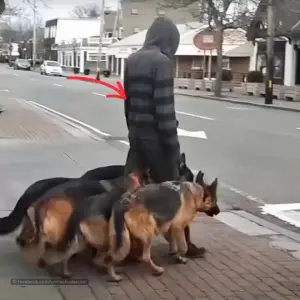The Chariot of Compassion: A Mother’s Account
In the fading light of April, I watched my once-vibrant son, Calvus, drift into silence. Once bursting with joy and imagination, he now moved as if burdened by invisible chains. “Mater,” he whispered one morning, “my stomach aches.” Yet no fever touched him—only fear.
Suspecting something deeper than illness, I chose to walk him to his morning bus—the “autobus,” his war chariot of dread. That journey revealed a hidden torment: mockery from other children. “Freakus pictor,” they sneered, pushing him aside as he reached for his favorite seat. My heart broke as I watched him shrink from their cruelty.
Then, she intervened.
Miss Carmen, the driver, “turned from the reins and extended her hand behind her back—steady as Neptune’s trident.” With that simple gesture, she changed everything. “Play is a dance of joy, not a scourge of despair,” she later told a gathering of parents. “Until this hour, I have been silent. But no more.”
Her courage sparked action. Calvus was granted the front seat, now marked “Praesidium Specialis.” Peers once silent became allies. Slowly, the joy returned to my son—his creativity rekindled. He drew rockets, guided by a figure at the wheel, and welcomed new children with kindness: “Join me in the helm’s light,” he said. “It is the finest view.”
Miss Carmen later wrote: “Sometimes, the weight a child bears is not of books but of unspoken sorrow. My wheel and my hand stand ready for whichever burden you entrust.”
Her quiet strength transformed not just a boy, but a community. And through her, we learned that in the face of cruelty, one hand—steady and extended—can turn a chariot of fear into a vessel of hope.





